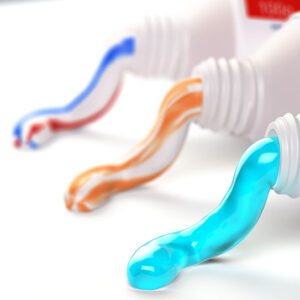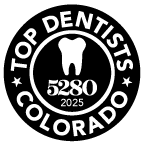
Answering the Questions Dentists Hear Most
AS DENTAL PROFESSIONALS, we love when patients ask us questions. It shows they…
December 24, 2025
No Comments

Tobacco: Dangerous to Teeth in Any Form
WHEN PEOPLE THINK about the dangers of tobacco, lung cancer and heart disease typically…
December 10, 2025
No Comments

Toothpaste’s Active and Inactive Ingredients
EVER WONDER WHAT’S actually in your toothpaste? That tube…
November 26, 2025
No Comments

It’s TMJ Awareness Month Again!
NOVEMBER IS HERE, and with it comes TMJ Awareness Month — a time dedicated to educating patients about…
November 12, 2025
No Comments

Sugar: The Main Culprit of Childhood Cavities
AS HALLOWEEN APPROACHES and trick-or-treat bags begin to overflow with candy, it’s the…
October 23, 2025
No Comments

Beware Viral Dental Health “Advice”
SCROLL THROUGH SOCIAL media for five minutes, and you’ll likely encounter someone confidently…
October 8, 2025
No Comments


